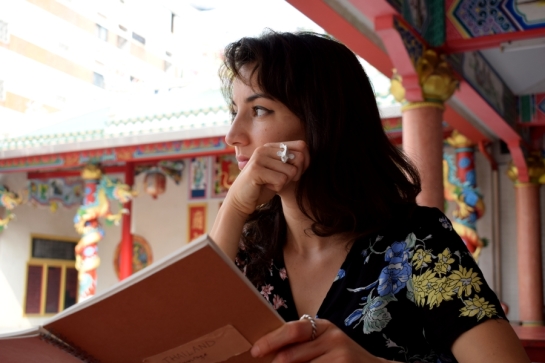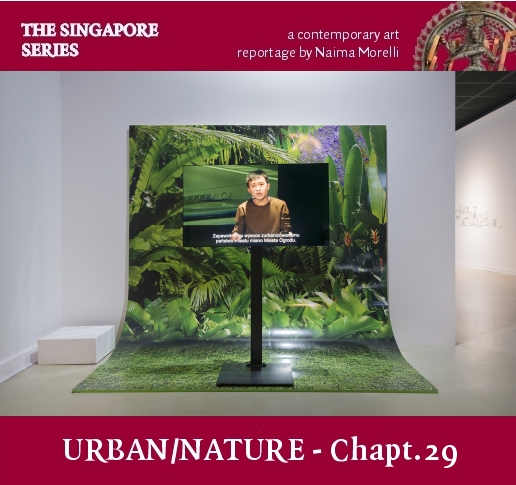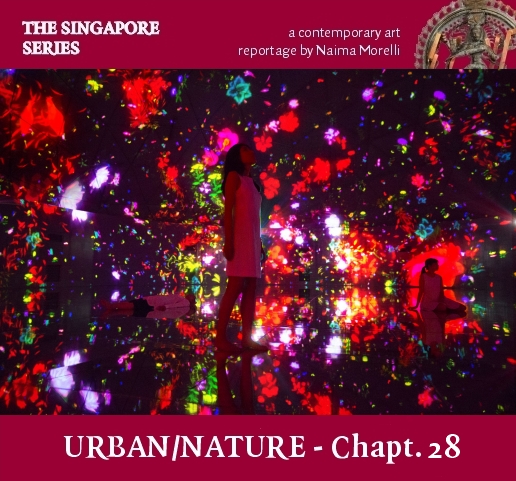
The contemporary art scene in Cambodia is still very young and in the making. Distinctive stylistic trends and artistic fervour are emerging in the three major cities, creating elements for a dialogue to come.
For those looking for true solace as well as engaging conversations with artists, Battambang is definitely the place to go. Here time slows down. Artistic practice largely takes a meditative slant, and are more often than not, based on considerably traditional mediums.
I have look at the four more interesting emerging artists hailing from this Cambodian city for CoBo.
Here is the link to the article
Read More













